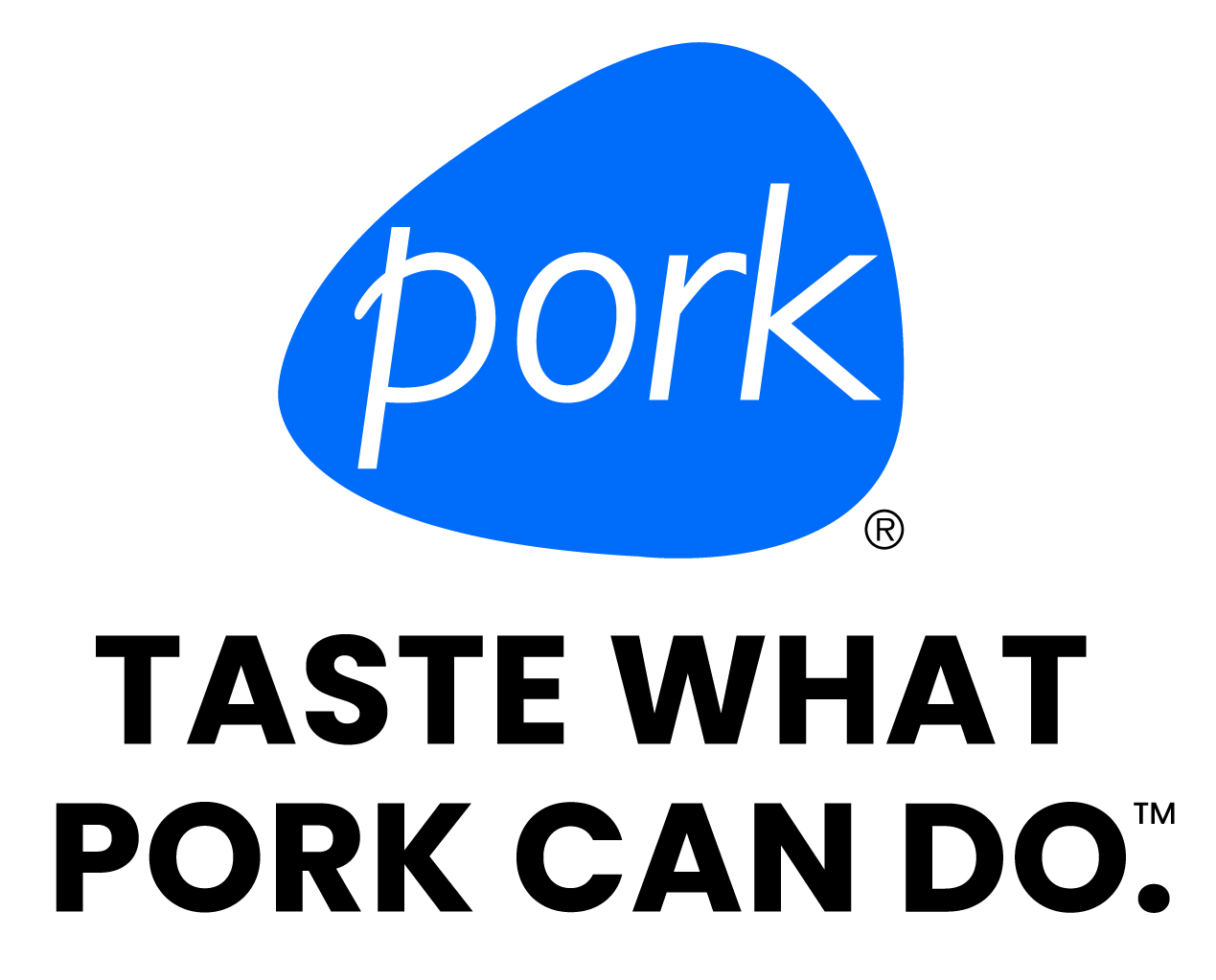The UW-Extension Swine Team, in conjunction with Wisconsin Pork Association, will be hosting a webinar for veterinarians who are interested in more details on Wisconsin’s new animal health rule that establishes herd testing requirements for Porcine Reproductive and Respiratory Syndrome (PRRS) and Porcine Epidemic Diarrhea Virus (PEDv) in Wisconsin. The webinar will be held on April 17 beginning at 6 p.m. To register for the webinar, go to https://goo.gl/x7Rehu. If you prefer to participate in the webinar by phone, please use the link to register and call-in information will be provided via email. You may also contact the WPA office at 800-822-7675 for assistance with registering for the webinars.
Paul McGraw, DVM, Wisconsin Department of Agriculture will provide details on the rule, including testing requirements prior to movement and how to complete a herd plan for farms that are positive, or who bring pigs into the state that are untested. The webinar will be recorded so it can be viewed at a later time. Other speakers will discuss resources that are available to assist pork producers with implementation of the rule.
Rule background
The goal of the rule change is to control and reduce prevalence of PRRS and PEDv in the state, and to prevent spread on positive sites. A 2016 Pork Checkoff study indicated that PRRS continues to be a major drag on the U.S. pork industry – costing $580 million per year. It is expected that the rule will become effective around February 1.
The rule establishes testing requirements for PRRS and PEDv, within 90 days of movement, for herds moving pigs into Wisconsin, and for herds with pigs moving from one premise to another premise within the state. If pigs test positive, the pigs, herd or both would be quarantined until a herd plan is approved by the Wisconsin Department of Agriculture. A herd plan will vary, depending on the type of farm, but will address items like biosecurity practices, animal introductions, transmission risks, and treatment. Template herd plans are available for producers and veterinarians.
Due to lower pig density within the state, Wisconsin has a fairly high herd health status. This rule could help improve the health of Wisconsin pigs, benefitting all producers.
For more details on the rule, go to the Wisconsin Pork Association website at www.wppa.org, and click on the ‘PRRS/SECD Rule Changes’ link. The site includes the rule language and frequently asked questions.

